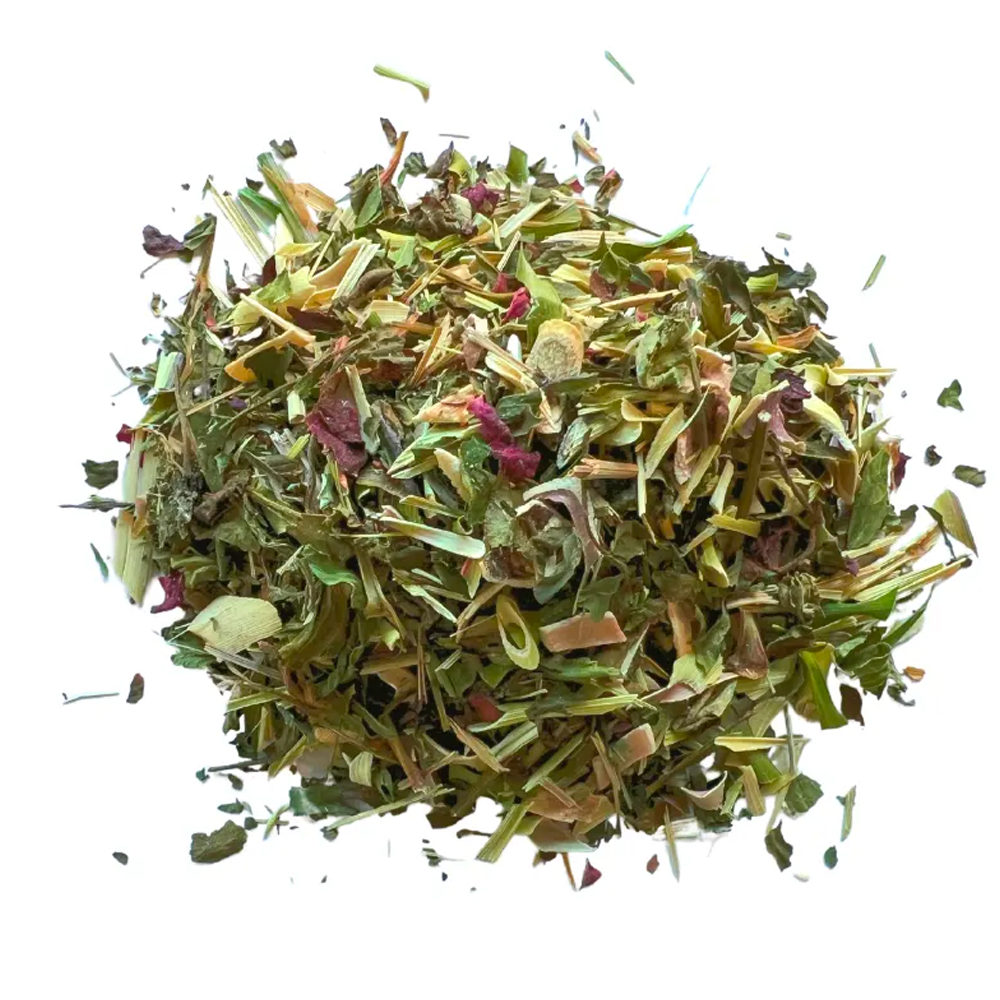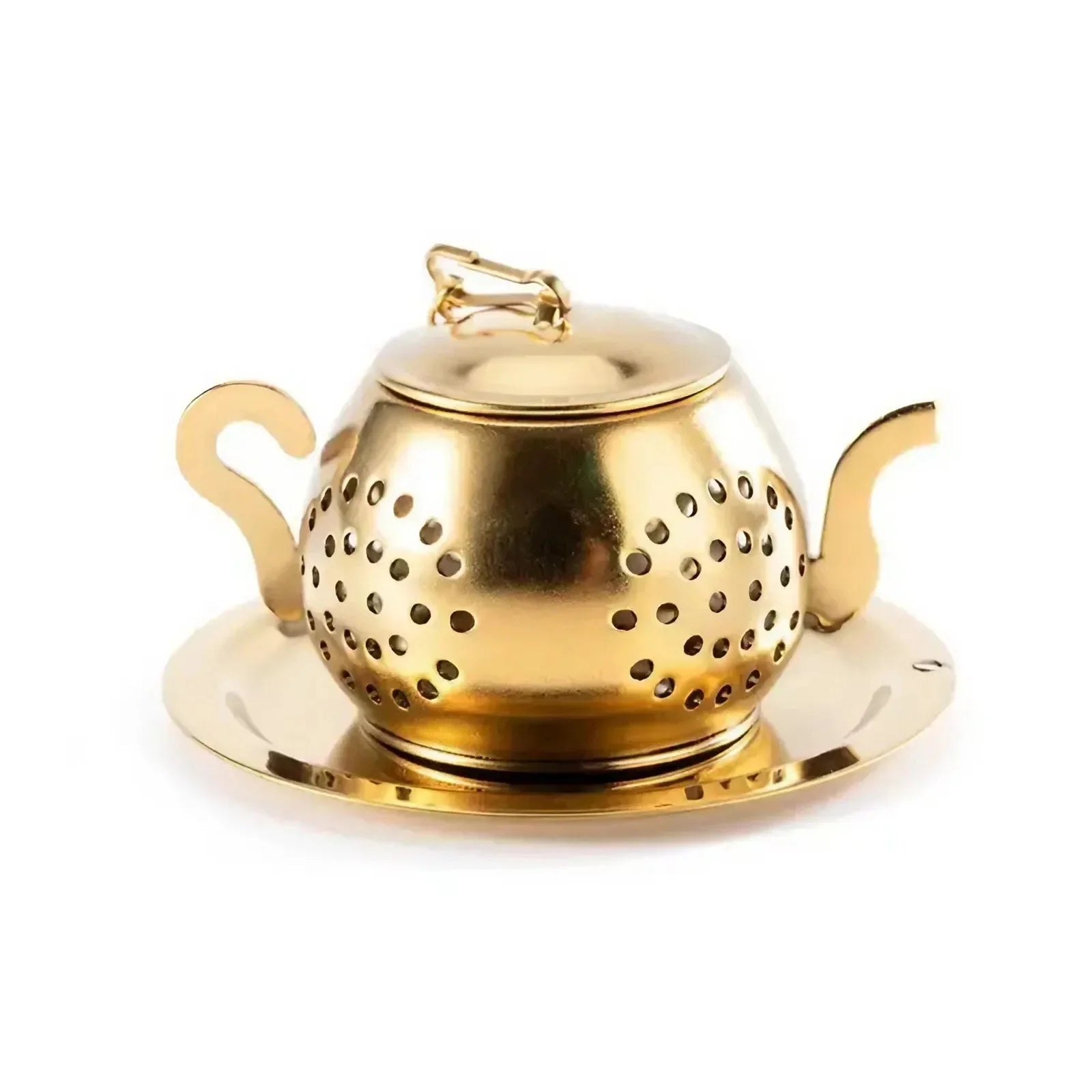The Hmong people, who originated from the mountainous regions of China and Southeast Asia, have a rich and unique tradition of medicine that is deeply rooted in spiritual and cultural beliefs. Hmong traditional medicine is a holistic approach to health and wellness that takes into account the physical, emotional, and spiritual aspects of a person’s well-being. But how do these traditional practices and beliefs intersect with modern healthcare systems, and what are the opportunities for collaboration and integration?
Hmong traditional medicine is a complex system that includes a wide range of practices, including herbal medicine, acupuncture, cupping, and spiritual healing. Many Hmong people still rely on these traditional practices to maintain their health and well-being, and to treat common ailments and illnesses. However, as more Hmong people have migrated to Western countries, they have increasingly encountered modern healthcare systems that are often unfamiliar and daunting.
One challenge is the language barrier. Many Hmong people, especially those who are older or who have recently arrived in Western countries, may not speak English or the language of their new home country. This can make it difficult to communicate with healthcare providers and to understand the often complex and bureaucratic healthcare system.
Another challenge is cultural sensitivity. Hmong traditional medicine is deeply intertwined with cultural and spiritual beliefs, and many Hmong people may feel uncomfortable or mistrustful of Western medicine. For example, some Hmong people may prefer to use traditional remedies for certain ailments, such as rubbing a coin over the skin to relieve headaches, instead of taking medication.
Despite these challenges, there are opportunities for collaboration and integration between Hmong traditional medicine and modern healthcare systems. One approach is to provide culturally sensitive health care that takes into account the unique needs and beliefs of Hmong patients. This can include using interpreters or cultural mediators to help bridge the language and cultural gap, as well as providing education and resources on Hmong traditional medicine.
Another approach is to integrate Hmong traditional medicine practices into modern healthcare systems. For example, acupuncture and herbal remedies are increasingly being used by Western medical practitioners to complement traditional treatments. In some cases, Hmong traditional healers are also working alongside Western medical professionals to provide a holistic approach to health and wellness.
In recent years, there have been a number of initiatives aimed at promoting collaboration and integration between Hmong traditional medicine and modern healthcare systems. For example, Mercy Medical in Merced, California (also known as Dignity Health) has integrated Hmong spiritual practices into its healthcare services to better serve the Hmong community. The hospital recognized the importance of spiritual beliefs in the Hmong culture and consulted with Hmong community leaders to develop culturally responsive services. The hospital’s efforts have resulted in improved patient outcomes and greater trust between the Hmong community and the healthcare system. Read more about it here.











